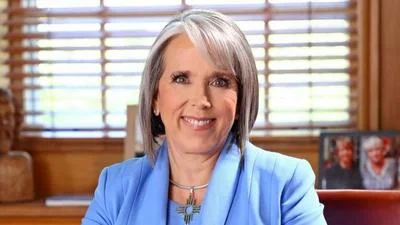The New Mexico Mortgage Finance Authority (MFA) announced that the MFA Board of Directors greenlit around $4.96 million in funding for the NM Energy$mart Weatherization Program, specifically directed toward services in Tribal Territories. This initiative aims to aid low-income households by implementing energy-efficient measures, reducing energy consumption, cutting costs, and enhancing health and safety, according to a press release by MFA.
Two organizations, Central New Mexico Housing Corporation and Red Feather Development Group, have been designated by MFA to deliver weatherization services for Tribal Territories. Covering all tribes and pueblos (excluding the Navajo Nation) and the Navajo Nation Territory, these service providers could maintain contracts from Jan. 1, 2024, through Jun. 30, 2027, with the option for three one-year renewals. An estimated 360 units across both providers will benefit from weatherization services over the three-year period from Jul. 2024 through Jun. 2027. The MFA will allocate approximately $2,478,180 to Central New Mexico Housing Corporation and approximately $2,484,730 to Red Feather Development Group.
"Many homes in New Mexico are in need of weatherization services", said David Gutierrez, MFA’s Weatherization Assistance Program Manager. "By expanding services to Tribal Territories we are increasing the number of New Mexicans who will benefit from this important program."
Since 2010,the NM Energy$mart Weatherization Program has achieved notable results for New Mexico residents by weatherizing 10,388 homes achieving an average energy savings of 27 percent per home resulting in annual savings of $210-$250 on utility expenses per home. Moreover,the installation of low-flow devices in weatherized homes has contributed to saving about 58 thousand gallons of water daily while each weatherized home annually saves nearly 22 metric tons of carbon totaling at approximately more than two hundred thousand metric tons in carbon savings.









